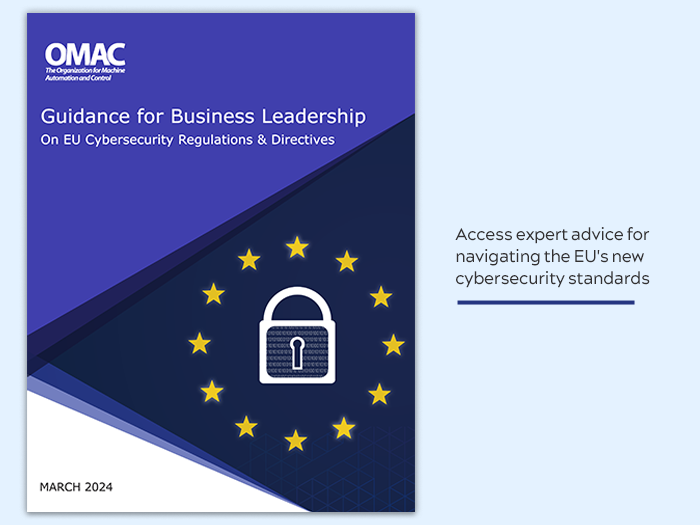In industrial manufacturing, the overall IT/Automation landscape is typically split and managed by separate teams: the IT teams are responsible for maintaining the overall network security and data infrastructures, primarily supporting backend functions. The OT teams, on the other hand, are in charge of automation systems that support production, ensuring that machines and manufacturing processes are running efficiently. The Industrial Internet of Things (IIoT) or ‘Industry 4.0’ straddles both camps: by converging both IT and OT networks, IIoT aims to advance manufacturing by integration of automation, connectivity, and networking.
In a panel discussion at ei3’s ConnectedAI Summit, moderator Bryan Griffen, the Director of Industry Services of PMMI, along with participants from both the IT and OT space, offer solutions to bridge the gap between OT and IT.
Traditionally, IT and OT have operated independently with their distinct networks, processes, and goals. Remote Access technology – which is a foundation of IIoT – has become the first acutely contested territory between both teams, highlighting their fundamentally contradictory goals: IT teams prefer to limit access to networks which the OT teams need, in order to ensure the security of the data. OT teams, however, need these connections to be able to flexibly give control to third-party service providers, such as service technicians and machine builders, to get help as required.
Achieving the IT/OT convergence requires building relationships between both teams, says David Gutshall, the Head of IIoT Manufacturing Sales at Cisco.
"It’s not me versus you, it’s us against this problem."
David Gutshall, the Head of IIoT Manufacturing Sales at Cisco Tweet
Building relationships between IT and OT teams enables better communication and collaboration, allowing both to focus on business growth. Larry Eliott, Director of Engineering at Westrock, also emphasizes the importance of communication: “When OT teams approach the IT department with a problem, they shouldn’t be turned away. Instead, IT teams should guide OT teams, offering them alternative solutions.” In addition, Eliott suggests that there needs to be an exchange of knowledge between IT and OT to better understand each other’s role. IT teams need to spend more time on the shop floor, gaining expertise and understanding the importance of flexibility.
“When OT teams approach the IT department with a problem, they shouldn't be turned away. Instead, IT teams should guide OT teams, offering them alternative solutions."
Larry Eliott, Director of Engineering at Westrock Tweet
Teamwork is therefore essential for finding a middle ground, facilitated by IT/OT convergence, ensuring a focus on decisions that are most beneficial for the business. To facilitate this process, ei3’s Mark Fondl, who leads the OMAC Digital Transformation Workgroup, recommends OMAC’s “Practical Guide for Remote Access to Plant Equipment.” The guide offers field-tested methods for overcoming organization IT/OT barriers from 37 industry leaders who participated in the workgroup. It also lists activities that hurt the IT/OT relationship and should be avoided.
Once teamwork is established, technical solutions can be found to implement a joint strategy. Isaac Newton, Process Engineer at American Packaging Corporation, says his team has been able to utilize ei3’s two-tiered network architecture to satisfy the IT team’s desire for tight-nit control and the OT team’s need for secure access at the same time. (Details may be found in “The New Remote Access” whitepaper.) This allows access to be given to third party service providers including specifics of machines in question and the duration and terms of access.
IT/OT convergence is integral to taking the advantages of IIoT in the manufacturing industry beyond remote access. For example, enabling access to machine and process data is valuable for gaining insight into machine behavior, allowing to push the limits of productivity and efficiency. Nurturing relationships between IT and OT teams, educating one another, and communicating efficiently, paves the way for collaboration and advancement.




